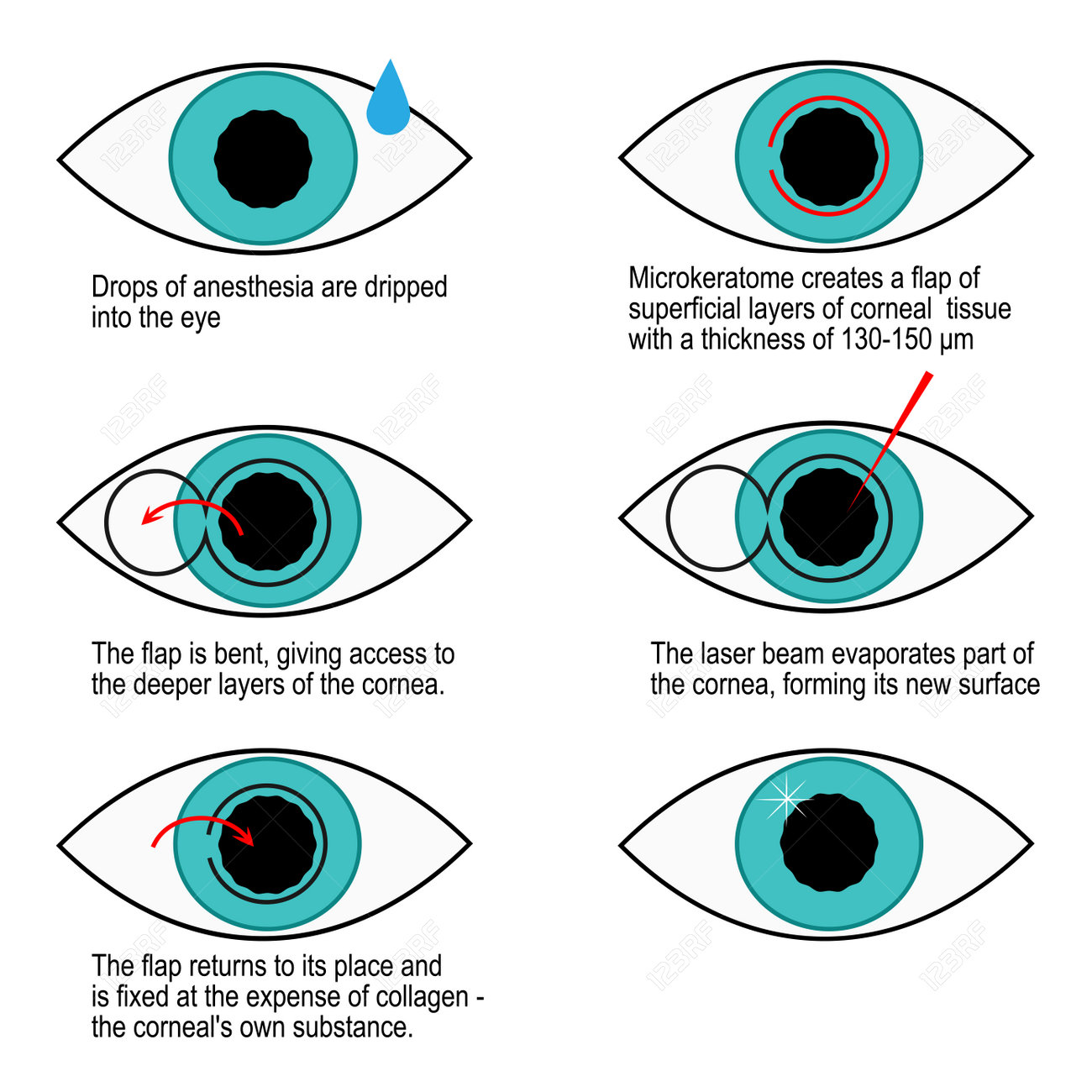Is SMILE Eye Surgical Treatment Right For You? Secret Factors To Consider And Insights
Material Author-Frederiksen Mooney If you're contemplating SMILE eye surgical treatment, contemplate this: are you prepared to accept prospective aesthetic liberty, or does the thought of any type of threats make you think twice? Your decision will certainly depend upon a careful equilibrium of weighing the benefits versus the unpredictabilities. It's vital to dive much deeper right into the subtleties of SMILE surgery to make an educated selection that straightens with your visual goals.
Understanding SMILE Eye Surgery
When considering SMILE Eye Surgical treatment, it is necessary to comprehend the treatment and its advantages. visit this website link , which means Small Incision Lenticule Extraction, is a minimally intrusive laser eye surgical procedure that remedies common vision problems like nearsightedness (nearsightedness). Throughout the treatment, your eye cosmetic surgeon will certainly use a femtosecond laser to create a small incision in your cornea. With this laceration, a little disc of cells called a lenticule is eliminated, improving the cornea and fixing your vision. One of the essential benefits of SMILE Eye Surgical treatment is its fast healing time. Numerous individuals experience improved vision within a day or more after the treatment, with minimal discomfort. Furthermore, SMILE is recognized for its high success price in providing long-lasting vision improvement. Unlike LASIK, SMILE does not need the creation of a flap in the cornea, lowering the threat of complications and allowing for a much more steady corneal structure post-surgery. Understanding the procedure and its benefits is important when taking into consideration SMILE Eye Surgery for vision correction.
Pros and Cons of SMILE
Considering SMILE Eye Surgical procedure for vision improvement features various benefits and possible disadvantages. One of the main pros of SMILE is its minimally intrusive nature, as it entails a tiny laceration and normally leads to quick healing times. The procedure is also understood for triggering very little discomfort and dry eye signs and symptoms post-surgery contrasted to various other vision adjustment approaches. Furthermore, SMILE has actually been revealed to provide superb aesthetic end results, with several individuals achieving 20/20 vision or much better. On the other hand, a prospective con of SMILE is that it may not appropriate for individuals with extreme refractive mistakes, as the therapy variety is rather minimal contrasted to LASIK. One more consideration is that the understanding curve for specialists applying SMILE can influence the schedule of experienced carriers in certain areas. It's important to evaluate these pros and cons very carefully when choosing if SMILE is the best option for your vision adjustment demands.
Figuring Out Qualification for SMILE
To establish if you're qualified for SMILE eye surgical procedure, your ophthalmologist will certainly perform a detailed analysis of your eye health and vision needs. During this evaluation, elements such as the stability of your vision prescription, the density of your cornea, and the general health and wellness of your eyes will be analyzed. Generally, prospects for SMILE more than 22 years old, have a stable vision prescription for at the very least a year, and have healthy and balanced corneas without problems like keratoconus. Your optometrist will also consider your total eye wellness, any type of existing eye problems, and your way of living needs to identify if SMILE is the best option for you. It's essential to interact any specific visual needs or worries you may have throughout this assessment to make certain that the treatment lines up with your expectations. If you aren't qualified for SMILE, your optometrist may advise alternative vision adjustment alternatives that far better suit your specific needs and eye wellness standing. Final thought Inevitably, deciding whether SMILE eye surgical treatment is right for you requires cautious consideration of your private eye wellness and visual needs. Consult with your eye doctor to determine your qualification for the treatment and weigh the potential benefits and drawbacks. Keep in mind to communicate any type of issues or inquiries you might have throughout the analysis procedure to make an enlightened decision concerning your vision adjustment choices. 